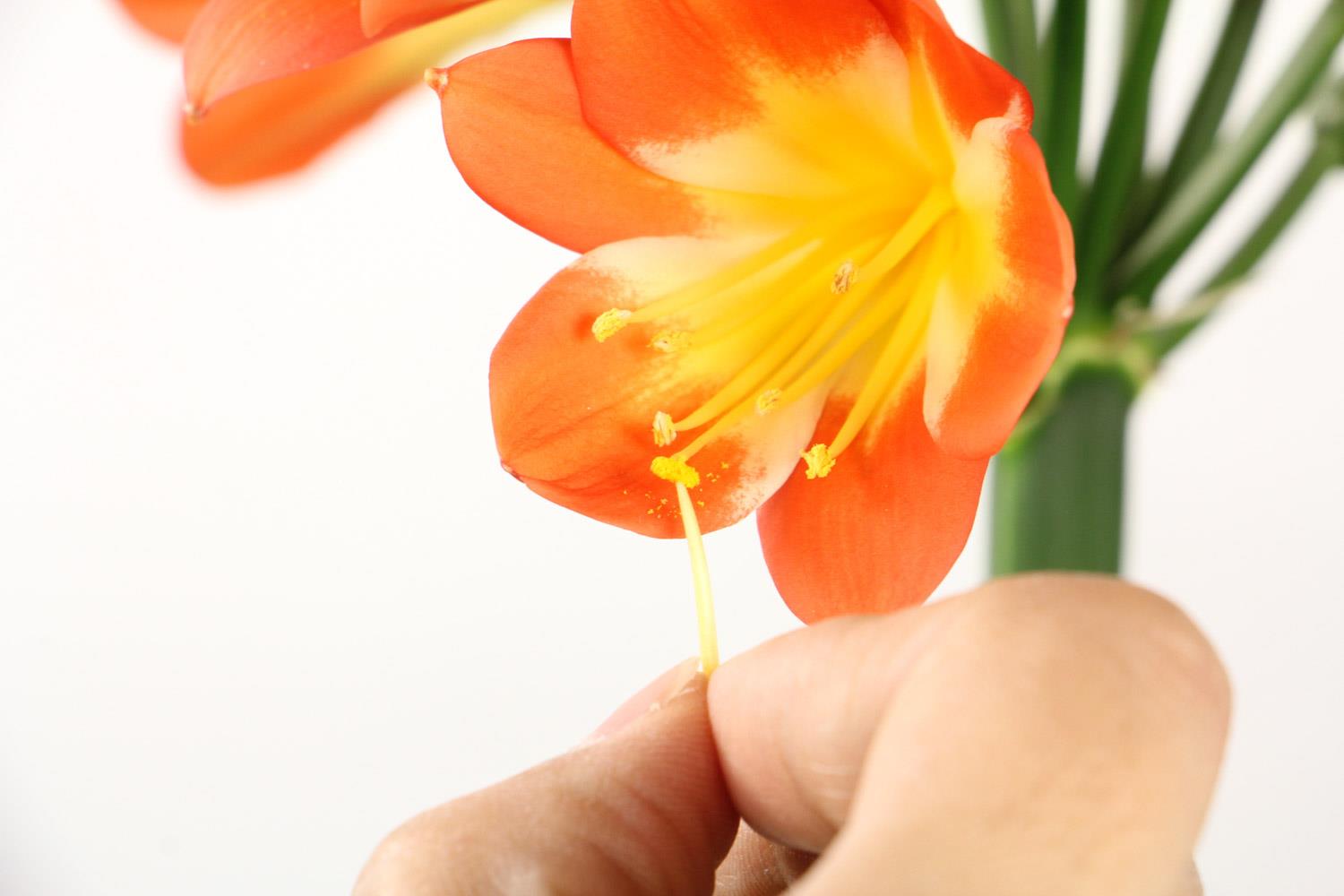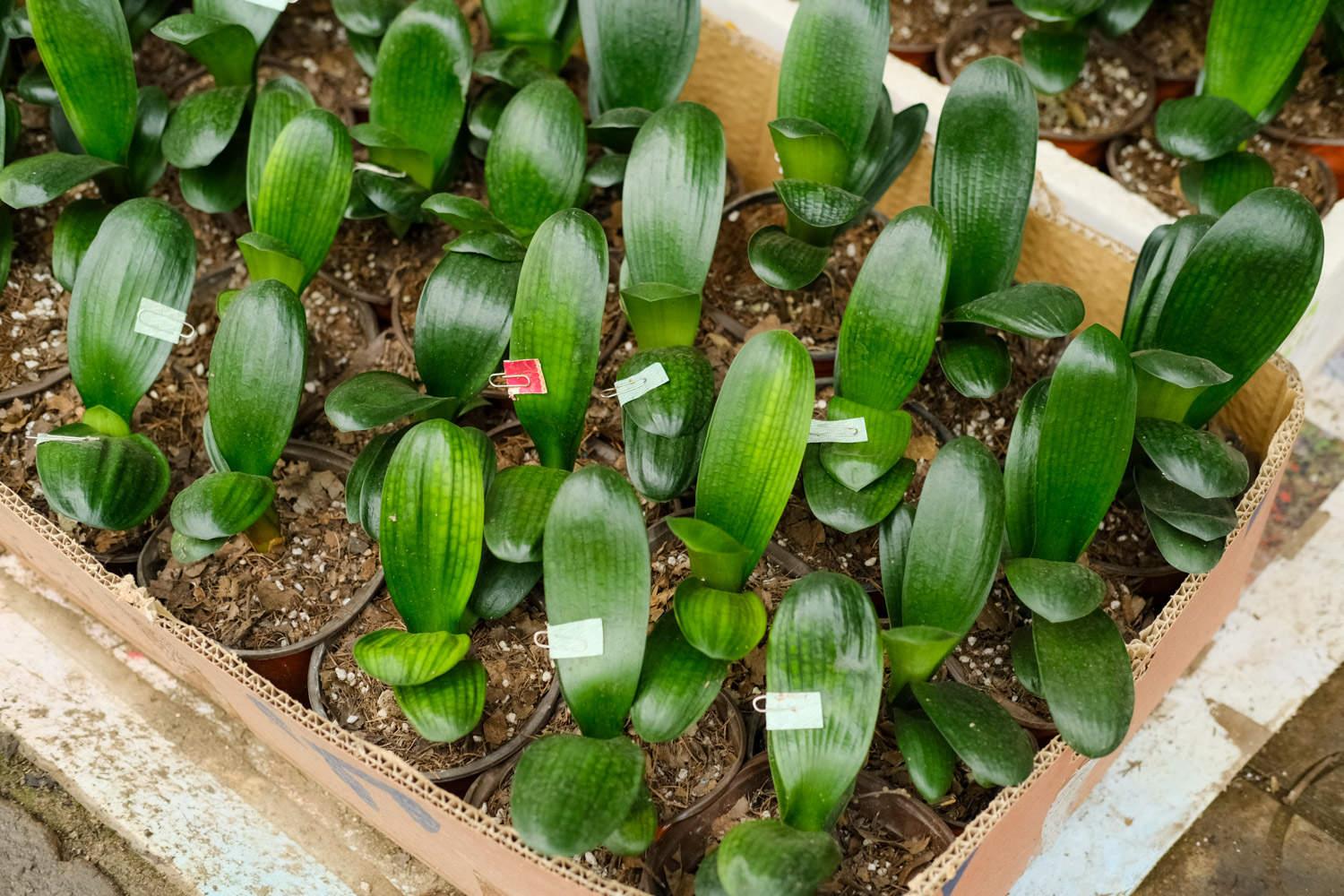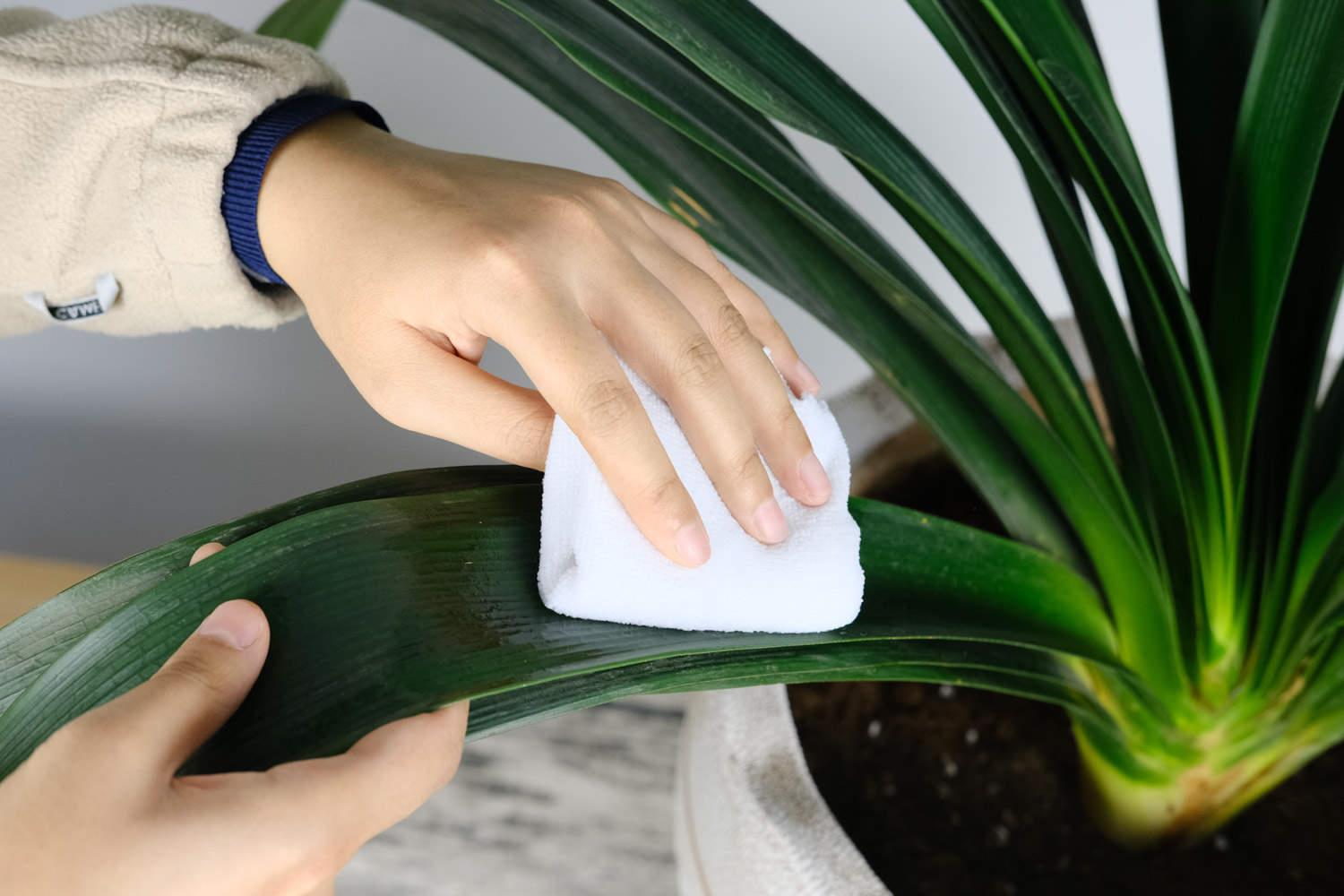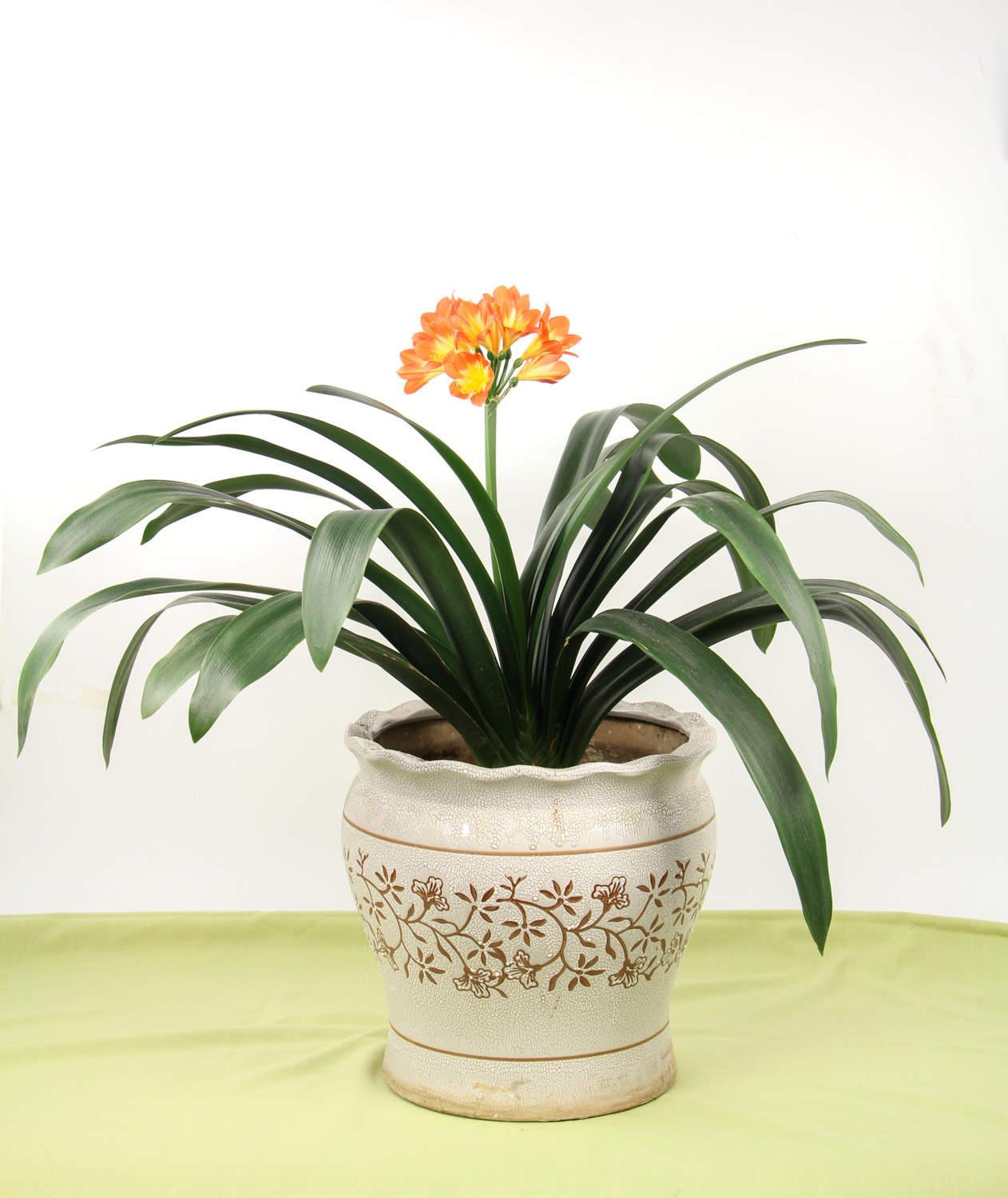How to grow Clivia, what kind of fertilizer to use for Clivia
Last Update :2024.05.02
Article Catalog
To raise Clivia, you generally need soil that is breathable and well-drained. You can use leaf humus soil, pine needles, river sand and base fertilizer in a ratio of 6:2:1:1. Proper lighting should be provided every day and avoid exposure to strong light. In addition, the temperature must be controlled and kept at around 20°C. Usually water when the soil is semi-dry to keep it slightly moist but not wet. Organic fertilizers are mostly used for fertilization. You can use solid fertilizers or liquid fertilizers, or chemical fertilizers such as urea.

1. Breeding methods
1. Breeding methods
1. Soil: Clivia usually needs to be planted in soil with good air permeability and water permeability. Fertile soil helps the growth of the plant. If conditions permit, you can prepare your own nutrient soil, usually using leaf mold soil, pine needles, river sand and base fertilizer, and mix it in a ratio of 6:2:1:1. Among them, broad-leaf mulch soil should be preferred, and needle-leaf mulch soil should not be used. The seedlings should be potted in 3-inch pots in the first year and 5-inch pots in the second year, and then potted every 1-2 years according to the size of the plant.

2. Light: Clivia is very sensitive to light. It needs light to grow but cannot be exposed to the sun for a long time. The stronger the light, the more showy the flowers will be, but the flowering period will be shorter. If the light is weak, the flower color of the plant will be lighter. Generally, when the temperature is relatively suitable, plants can receive 8 hours of sunlight. In hot weather, two hours of sunlight a day is enough, and they must avoid the scorching sun at noon.

3. Temperature: Clivia is afraid of heat and cold. Low temperatures are not helpful for growth. If the temperature exceeds 30°C in summer, cooling is required. Large-scale breeding generally uses shelters to cool down, while domestic animals can be moved directly to semi-shade to maintain good ventilation. At the same time, you can also sprinkle some water around. The evaporation of water will also absorb heat, thereby achieving the purpose of cooling.

4. Watering: Clivia has fleshy roots. An organ with a strong water storage capacity, so the need for water is not very high. However, if there is insufficient water during its growth period, the plant will also be damaged, causing new leaves to fail to sprout and old leaves to scorch. Usually, water when the pot soil is semi-dry. Pay attention to controlling the amount of water and keeping the pot soil slightly moist. It should not be too wet or have water accumulation.

2. Fertilizer Selection
Clivia The growth of plants requires nutrients, so good fertilizers must be applied. Depending on the supplementary nutrients, the fertilizers selected are also different. The first is base fertilizer, which is usually added when changing pots. Use manure, compost, green manure and bean cake fertilizer. Secondly, top dressing is required during the growth period. Solid fertilizers can be cake fertilizer, fish meal and bone meal. Liquid fertilizers are usually decomposed organic fertilizer mixed with water. If you want to apply quick-acting fertilizer, you can use urea, potassium dihydrogen phosphate and superphosphate.
2. Fertilizer selection
- END -
When do lilies bloom, pictures of lilies

Generally, lilies bloom in summer, usually in July, with the peak blooming period ...
How to cultivate stone pine

Soil: Lycopodium weepingensis is suitable for growing in loose, fertile, well-drai...